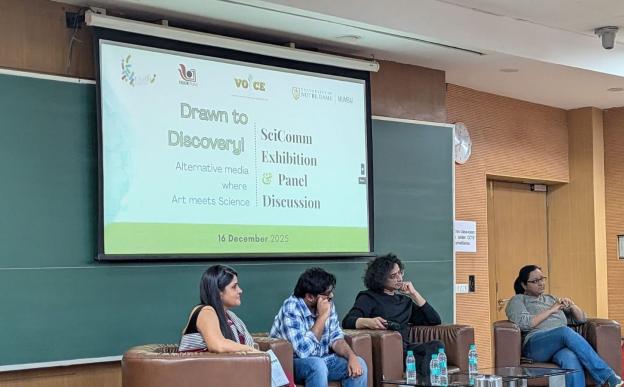This article is the second part of the series ‘The How and the Why: Interpreting Scientific Studies’, brought to you by Research Matters. The series focuses on the method of scientific studies, including emphasising the importance of meta-analyses, the repercussions of the replication crisis and the inclusion of ethics in experimental biology. We hope this series will better enable our readers to understand and evaluate scientific research they are interested in and those that could impact their lives.
The Indian Institute of Science Education and Research (IISER) Pune on Tuesday launched the VOICE Fellowship 2025
Pune/


